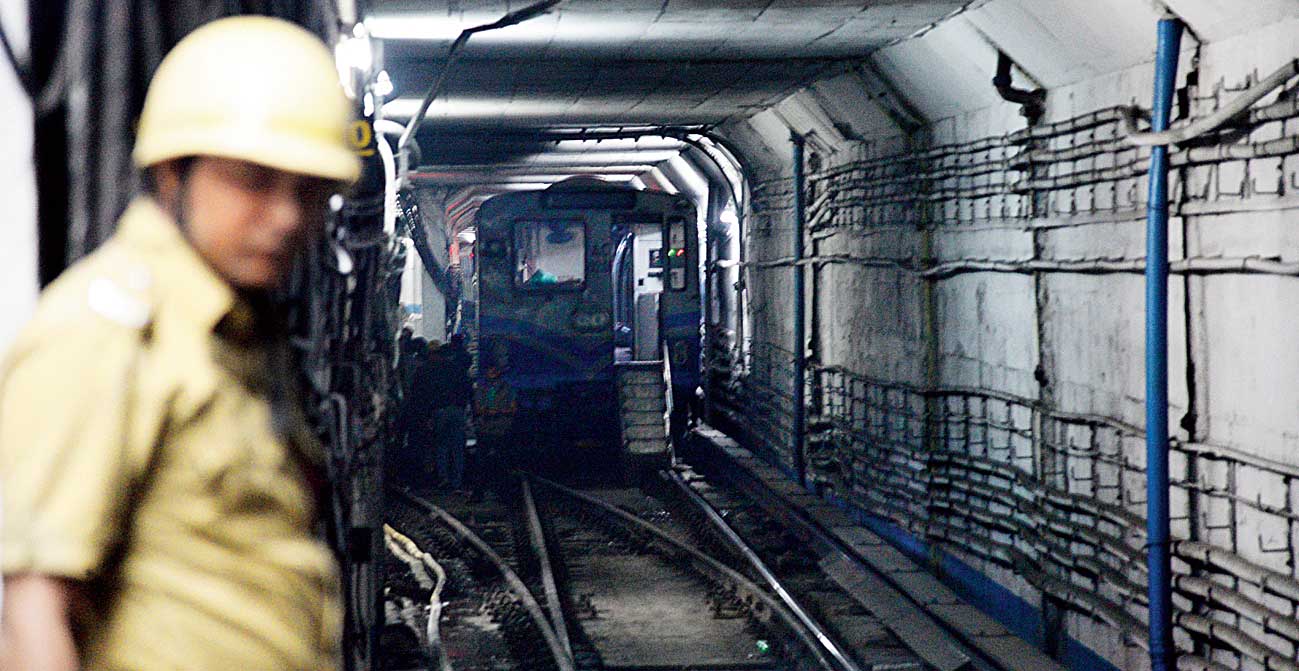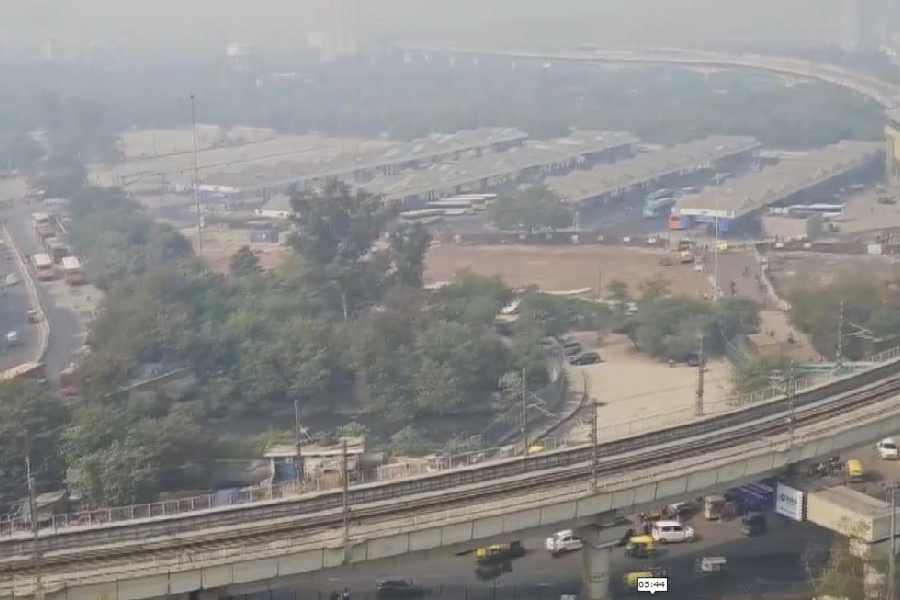The state government on Thursday highlighted deficiencies in the fire-fighting and emergency response system of Metro Railway, which has been in the eye of the storm since a train caught fire in the tunnel on December 27.
The fire and emergency services department, which inspected the stations and the tunnel after the fire that left many injured, will write to Metro Railway pointing out the lapses and suggesting remedial measures.
“Among the findings is the absence of a smoke detection system, fire-fighting equipment and trained personnel to facilitate evacuation,” said Sujit Bose, minister of state (independent) in charge of fire and emergency services.
“Metro is a central agency. It ferries so many passengers every day.... They can seek cooperation from us and we are ready to help them but the primary responsibility (of ensuring security of the passengers) lies with them,” Bose said.
“The letter (containing the findings of the inspection) will be sent to Metro on Friday,” Jag Mohan, director-general of the fire department, said.
A Metro official, who admitted that the emergency response system of the city’s transport lifeline was not up to the mark, said the carrier had sought the fire department’s help several months ago but “people woke up only after the accident”.
The fire department set up a four-member team to check the Metro tunnel and the stations days after the undercarriage of a Dum Dum-bound air-conditioned train had caught fire between Rabindra Sadan and Maidan stations on December 27. The train was stranded for more than 20 minutes and at least five passengers suffered fractures while trying to smash their way out through windows.
Altogether, 44 passengers had to be taken to hospital.
“We will ask the Metro authorities to connect the water reservoirs inside the tunnel to a booster pumping station, install a smoke-suppression system, set up fire-check doors to protect server rooms and electrical installations and hire personnel trained in firefighting and emergency evacuation,” Jag Mohan said.
A Metro official admitted that there were no fire alarms and smoke-detection system on the trains, in the tunnel and at the stations.
Apart from fire extinguishers on the trains and at the stations and hydrants in the tunnel, there are no fire-fighting equipment.
“It’s no secret that we have limitations. Fire is the biggest hazard for us, far more dangerous than a train jumping the tracks,” the official said.
The government has also suggested regular audit of fire safety at the stations. Metro officials said they had long been asking for an audit.
Senior officials of the Calcutta Municipal Corporation, fire department, police and other public service agencies had attended a pre-Puja meeting last year to take stock of the arrangements during the festive season.
The Metro official at the meeting had pointed out the shortcomings in the firefighting system and sought help, sources said. “Even before that, in July, Metro had written to the government requesting an audit of the system and asking for guidance,” said another official.
The official contested the allegation that Metro lacked trained personnel. “It was our men who doused the flames on December 27,” he said.
“Let us receive the letter first. We will try to implement the suggestions,” said Metro chief operations manager Satyaki Nath said.











